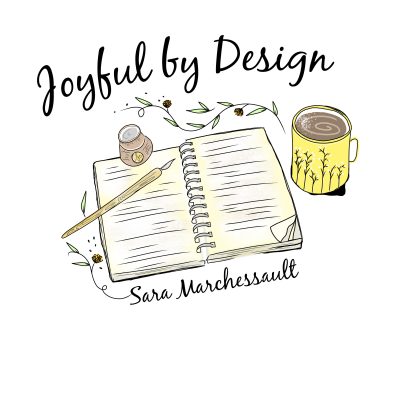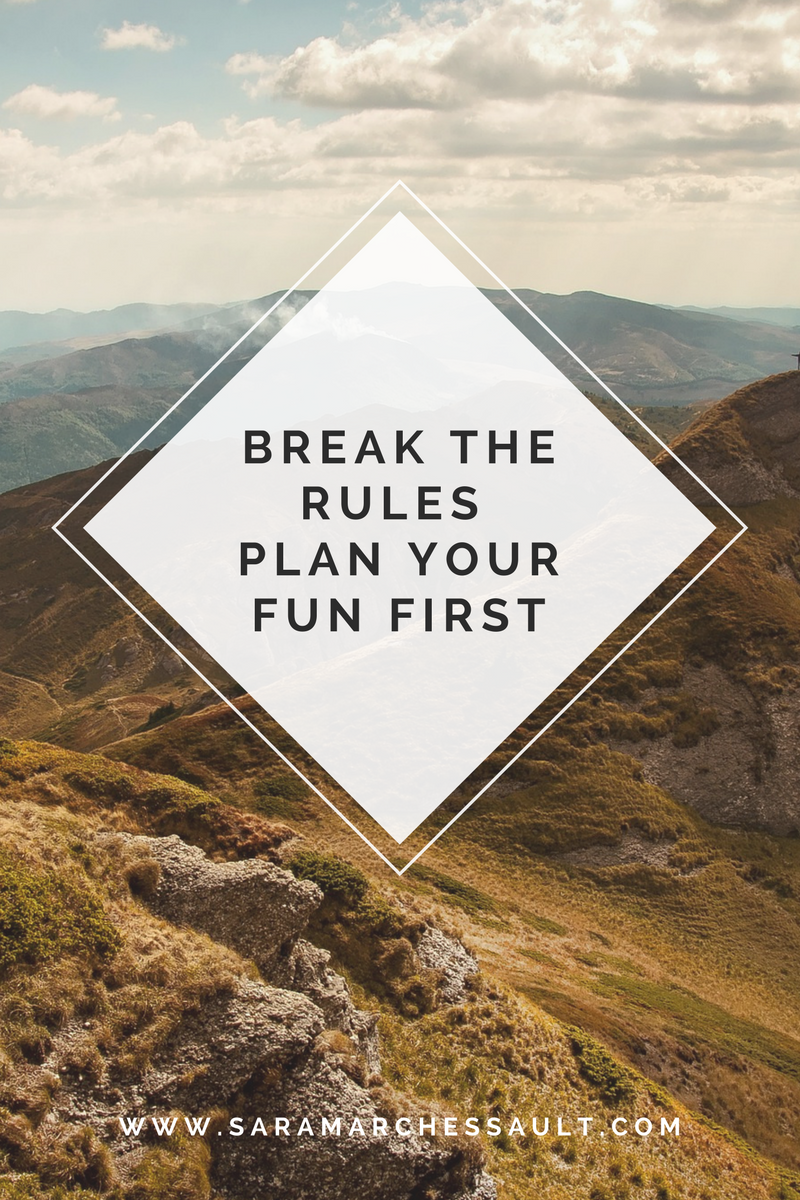Structured Gratitude Pages
by Marilee Emerson – guest author 
“If you’re human, you need a gratitude journal.”
A dear friend and mentor said this to me years ago when we were discussing gratitude journals. At the time, I was creating structured Gratitude Pages for a young man who was deeply entrenched in dark thoughts. He had been bullied, and part of his Asperger Syndrome made it hard for him to move on from these events. Years after the bullying, he would talk about the events like they had happened yesterday.
While his family and I acknowledged that these events occurred (and yes, they were awful), we wanted to bring him back to the present moment, the now and the bright future ahead of him. We wanted to help him recognize that there was good in the world, that his little brother really wasn’t that annoying, and that people in his life loved him and cared about him.
The solution? (Structured) Gratitude pages.
Gratitude journals became really popular in 1996 when Sarah Ban Breathnach wrote Simple Abundance Journal of Gratitude, and Oprah shared this book with the world. From that point forward, people could say ‘gratitude journal’ and most folks knew what they were talking about.
I admit, I am a fan of the gratitude journal. I keep one, and often encourage others to try it. Honoring and acknowledging what I’m most grateful for is an important part of my coaching programs.
The premise is quite simple: Write down 5 things you are grateful for each day. This means the big things, the little things, the basics and the profound. It’s a great habit at the end of the day. It also keeps your attention focused on what’s good and right in the world throughout the day, as you pay attention in the present moments to have something to record later. When our attention shifts to what’s good and right in the world, we tend to see more of it, and that ultimately makes for a better life.
This is exactly what I wanted for the young man I was working with. However, I knew that a blank page with an instruction to write 5 things he was grateful for would totally stress him out, so, I structured it.
I developed a few writing prompts to keep him focused and on task:
Today, one thing I am grateful for about my parents is _______________
Today, one thing I am grateful for about my brother is_________________
Today, one thing I am grateful for about school is ____________________
Today, one thing I am grateful about me is __________________________
Today, one thing I am grateful about my home is ______________________
We defined “grateful”, created a rule that he could skip one of the sentences if he were having a hard time coming up with something, and that this activity should be completed after dinner. Why after dinner? For this family, dinnertime was historically a time when they reviewed their days, and it primed his gratitude pages activity.
So what about your child? How could you structure a daily gratitude activity? Or, what about a family gratitude journal, where you all do it together? You could create a digital file with pictures or a slide show of gratitudes that could be accessed with a switch. The more I think about it, the more ideas I have to make gratitude journals accessible to all. What about you?
What kind of gratitude journal could your child engage with? What would it look like? How would he access it? How does it need to be supported?
After you answer these questions, you’re ready to go!
Marilee Emerson is an educator who is passionate about helping families through challenging transitions. She helps parents of children with disabilities and learning differences know what they need to do next, so they can create better lives for their children and families. Her weekly newsletter Note from Marilee is full of practical tips and helpful perspectives. If you are ready to take your next best step for your child and family, sign up for a FREE subscription at www.mymarilee.com.
Related Posts
Break the rules and plan your fun first
This year I’ve been slow to start. Each time I started to go down…
3 tips & 7 ideas to get away
There’s a great line at the beginning of the movie Gladiator, when the character…



Leave A Comment